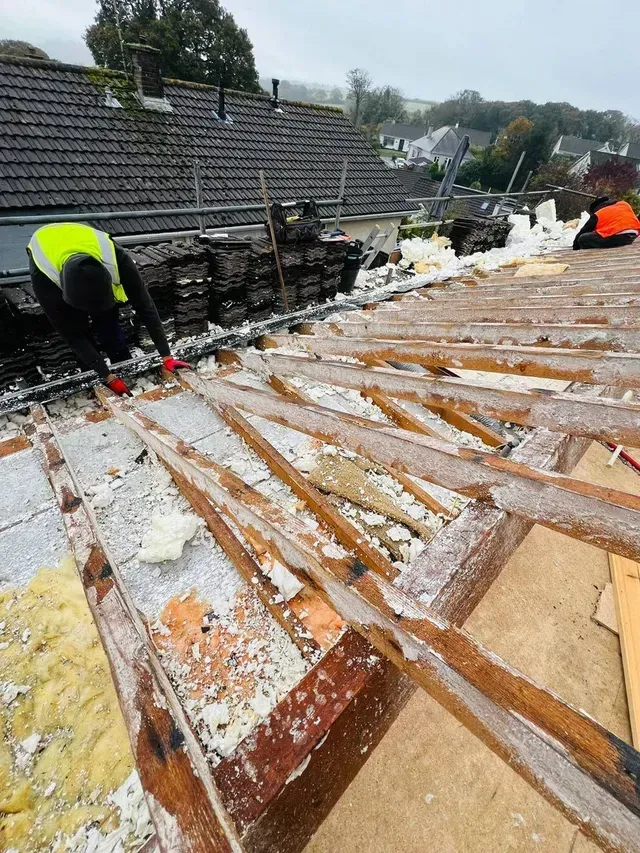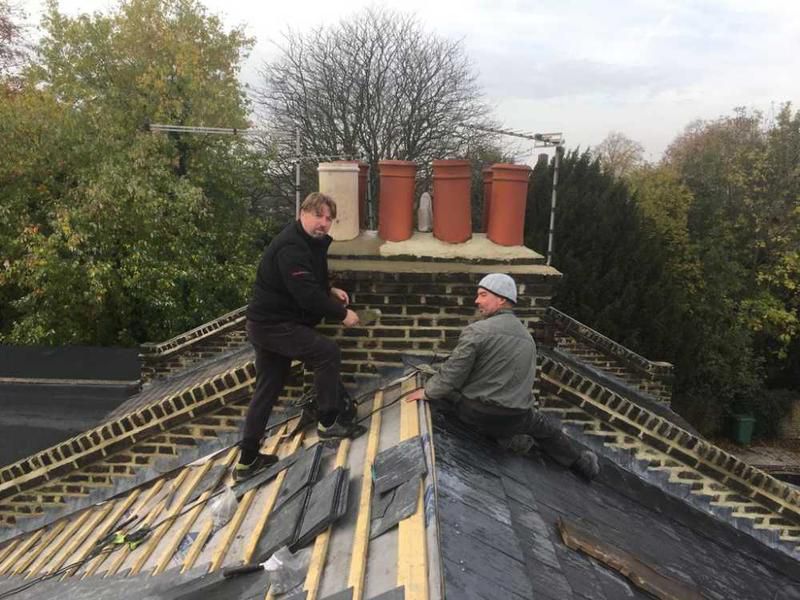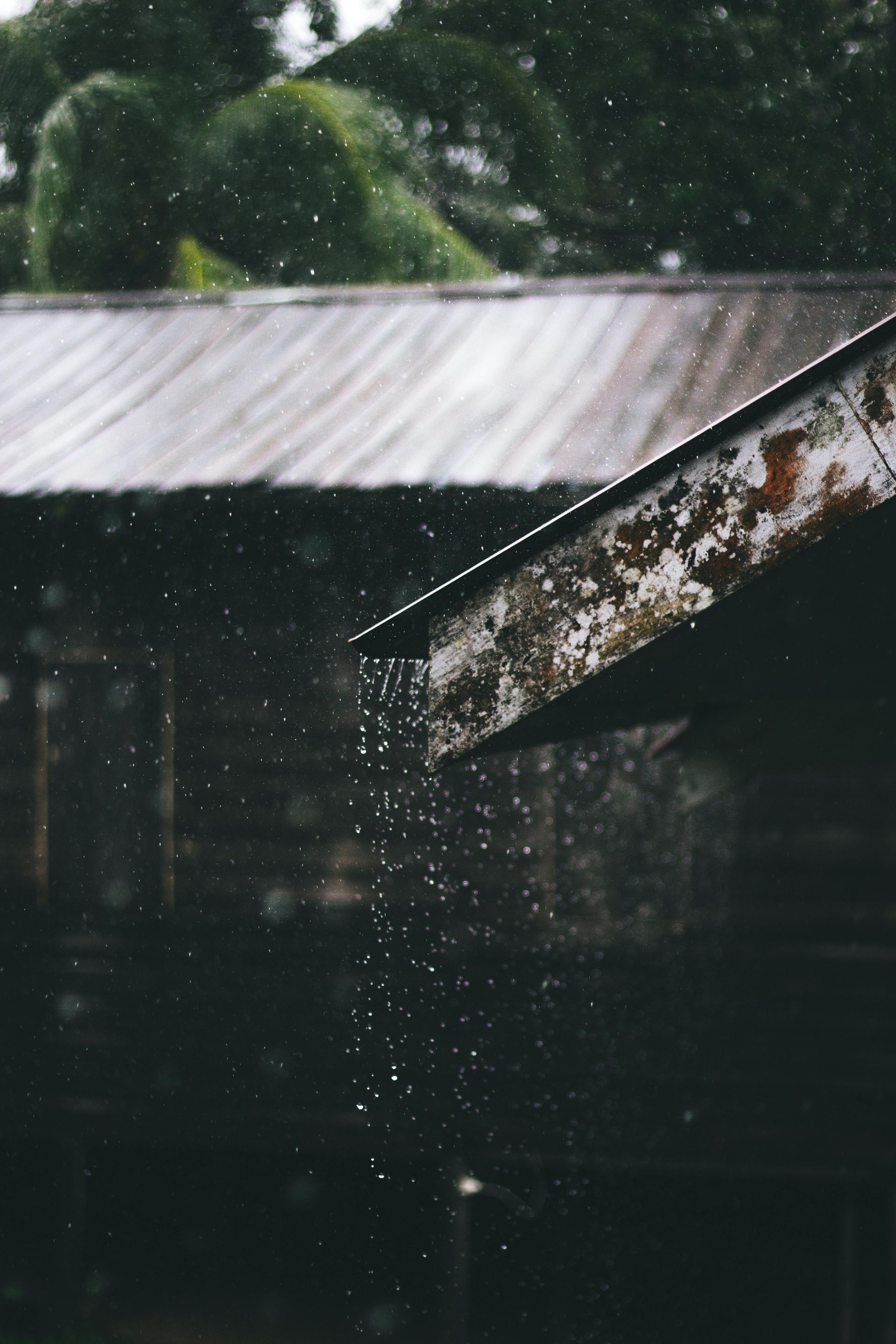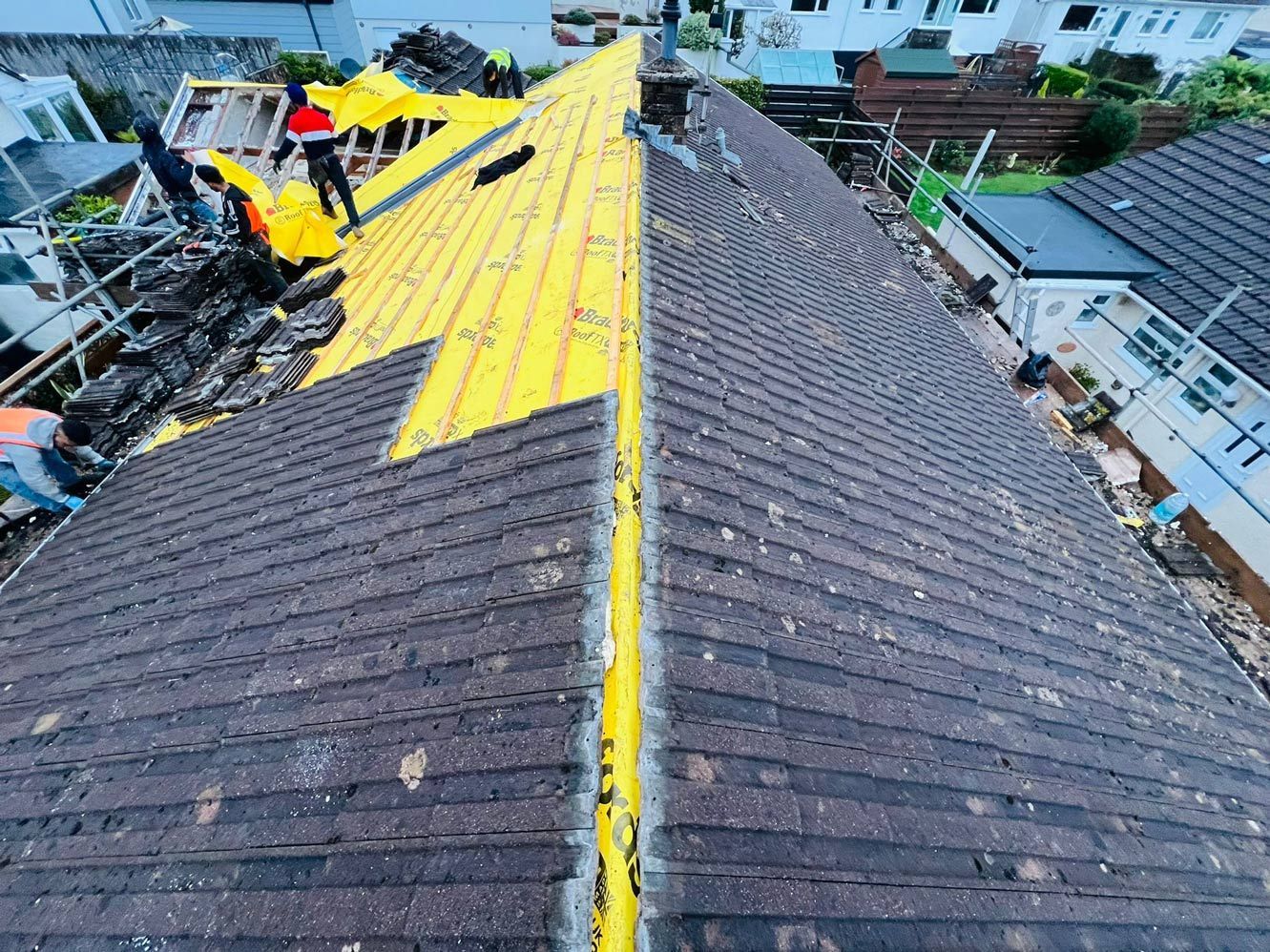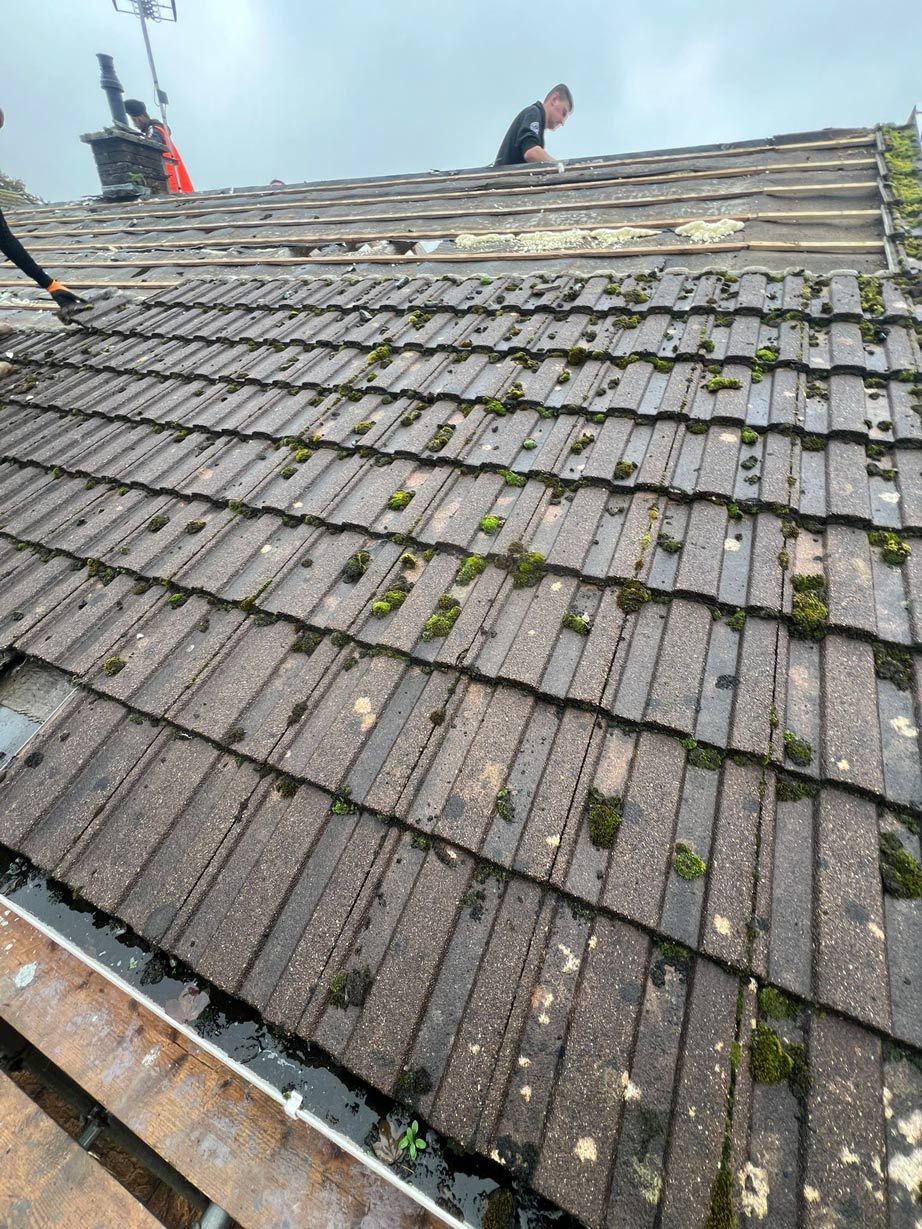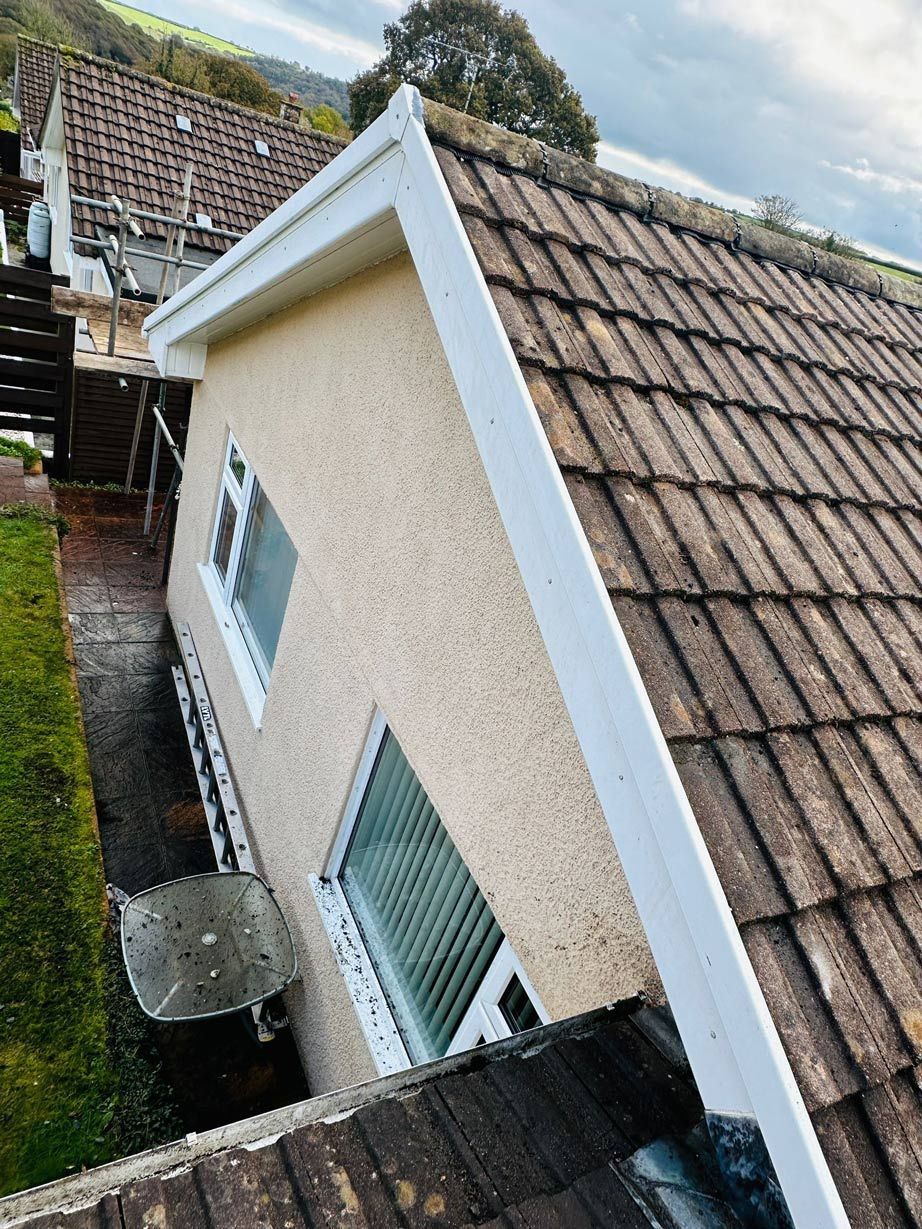As the colder months approach, ensuring your roof is winter-ready is essential to protecting your home and your family from the challenges that come with heavy rain, snow, and freezing temperatures. In the UK, where unpredictable weather is a given, neglecting roof maintenance during winter could lead to costly repairs and even safety risks.
This comprehensive winter roof care checklist from D&R Roofing Experts will help you take preventative measures to safeguard your home, keep it warm and dry, and avoid common issues that many homeowners face during the winter season.
"There's nothing quite like snuggling up with loved ones on a cold winter night in a warm and comfortable home."
Why Winter Roof Care Matters
Winter weather poses unique challenges for roofs, including water ingress from rain, damage caused by snow and ice, and the wear and tear caused by high winds. A well-maintained roof is your home’s first line of defence against the elements. Regular inspections and timely upkeep will prevent small problems from turning into significant issues.
Ignoring your roof during winter could lead to leaks, reduced energy efficiency, or even structural damage. By taking simple preventative steps, you can extend your roof’s lifespan and prevent emergencies.
Winter Roof Care Checklist
1. Inspect Your Roof Before the Freeze
Before winter sets in, it’s crucial to perform a thorough inspection—either by yourself or, preferably, by roofing professionals like D&R Roofing Experts. Look for:
- Missing or damaged roof tiles that could allow water to seep in.
- Signs of wear and tear, such as cracks or discolouration.
- Debris, moss, or algae that could trap moisture and accelerate deterioration.
Pay particular attention to roof edges, as these areas are more prone to damage during storms.
2. Clear Gutters and Downpipes
Blocked gutters and downpipes can lead to standing water, which may overflow and damage your roof, walls, and foundations. Before winter, remove leaves, twigs, and other debris to ensure water flows freely.
A well-maintained drainage system will also help prevent ice dams—a common winter problem in colder regions where frozen water blocks gutters and results in trapped water penetrating your roof’s structure.
3. Trim Overhanging Branches
Trees surrounding your home can enhance your garden’s aesthetics, but overhanging branches pose risks during winter. Heavy snow or high winds can cause branches to break and fall onto your roof, potentially leading to severe damage.
Trimming overhanging branches will prevent this risk while also reducing debris like leaves clogging your gutters.
4. Check Your Roof Insulation
Keeping your home warm in winter goes beyond the boiler and radiators—your roof plays an integral role in retaining heat. Poor insulation can allow warm air to escape, increasing your energy bills and reducing comfort.
Ensure your loft is adequately insulated with modern, efficient materials to reduce heat loss and energy costs. This will also prevent snow from thawing unevenly on your roof, reducing the risk of ice dams.

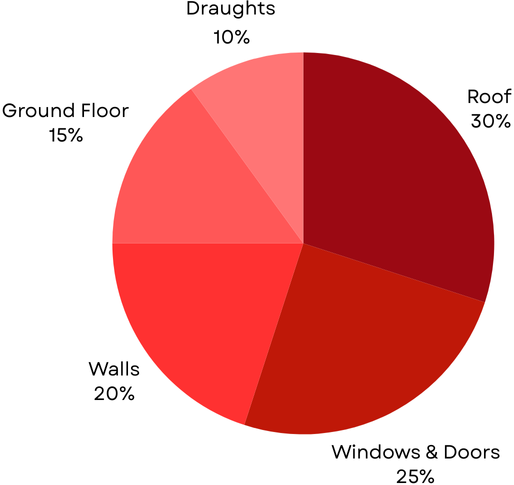
This data is based on the information provided in the file content from How insulation works by level, which states that in an uninsulated timber-framed house, 30–35% of heat is lost through the roof. The other percentages are estimates based on typical heat loss distribution in UK homes, with a larger portion attributed to the roof.
5. Look Out for Leaks and Damp
One of the key signs of roof-related problems is the presence of leaks or damp patches inside your home. Check your ceilings and walls for:
- Water stains or discolouration.
- Peeling paint or wallpaper.
- Mould growth, which thrives in moisture-laden environments.
If you notice any signs of water ingress, act quickly. The longer you delay addressing leaks, the more extensive and expensive the repairs could become.
6. Inspect Flashing and Seals
Flashing, the metal material protecting areas where your roof intersects with chimneys, skylights, or walls, is a critical element for keeping your roof watertight. Examine flashing for signs of rust, corrosion, or looseness.
Similarly, seals around roof penetrations, such as vents or chimneys, should be intact to prevent water or air leaks. If you spot any damage, have a professional carry out repairs to restore proper protection.
7. Check Your Roof from the Inside
While external inspections are crucial, don’t neglect to check your roof from the inside. Enter your loft or attic and examine the underside of your roof for:
- Daylight showing through cracks or gaps in the roof.
- Water stains or signs of moisture.
- Sagging areas which may indicate structural issues.
Spotting problems from this vantage point allows you to address hidden issues that might otherwise go unnoticed.
8. Prevent Ice Damage
In areas prone to freezing temperatures, ice can wreak havoc on roofs. To minimise the risk:
- Use a roof-friendly de-icing product to remove existing ice.
- Install heat tape along the edges of your roof and gutters if ice dams are a recurring issue in your area.
It’s worth investing in professional advice for ice management to avoid causing unintentional damage.
9. Schedule a Professional Maintenance Visit
While many homeowners are comfortable addressing smaller tasks like gutter cleaning, winter roof care often requires expertise. A professional roofing company like D&R Roofing Experts can:
- Carry out a comprehensive inspection for hard-to-identify issues.
- Provide swift repairs to damaged tiles, flashing, or leaks.
- Offer advice tailored to your unique roof and location.
Professional maintenance is your best bet for ensuring your roof withstands anything winter throws at it.
10. Prepare for Roof Emergencies
As much as we’d like to avoid them, emergencies can happen. Be prepared for unforeseen roof issues by:
Having the contact details of a trusted roofing company like D&R Roofing Experts on hand for emergencies.
Keeping a tarpaulin and basic tools available to temporarily secure your roof in case of damage.
Acting quickly in the event of roof damage can minimise further problems while you wait for professional help.

The Long-Term Benefits of Winter Roof Care
Winter roof maintenance isn’t just about making it through the season unscathed. Proactive care offers several long-term advantages, including:
- Increased Lifespan of Your Roof: By addressing wear and tear promptly, you’ll keep your roof in good condition for longer.
- Reduced Repair Costs: Preventative maintenance is almost always less expensive than emergency repairs.
- Enhanced Energy Efficiency: A properly maintained roof and good insulation can make your home more energy-efficient, saving you money on heating bills.
- Peace of Mind: Knowing your roof is winter-ready means you’ll worry less about the unpredictability of British weather.
A little effort goes a long way when it comes to protecting your most significant investment—your home.
Final Thoughts
Protecting your home from winter weather starts at the top. By following this winter roof care checklist, you’ll keep your home safe, dry, and energy-efficient throughout the season. Whether clearing gutters, inspecting tiles, or securing professional repairs, each step contributes to your home’s longevity and your family’s comfort.
If you’re unsure about handling roof maintenance yourself, or if you spot damage that requires expert attention, contact D&R Roofing Experts. With years of experience serving customers across Wimbledon, we’re here to help keep your roof in top shape all year round.
Prepare now, and enjoy a worry-free winter.



